Given that the 1486 project was a qualified success(!) I doubt if many of you you feel inspired to try something similar.
Adsense
A bit of music from the lamented Radio Blog Club
Le Français
Toujours, je suis désolé pour mes amis( et amies) français(es), mais il est difficile pour moi d'écire en français. Peut-être un jour...
S.V.P. regardez ce LIEN
S.V.P. regardez ce LIEN
Subscribe to:
Post Comments (Atom)
Sod the Law!
SMOKING IS NOT ONLY PERMITTED ON THIS BLOG - IT IS ACTIVELY ENCOURAGED
New Internet Speed test
Music and Radio Blog Club
Radio Blog Club, a good friend for a while appears to be in some legislative difficulty...
However, in tribute to its brave effort, I shall leave the existing track on this page (which amazingly still works)
Sadly my Playlist no longer works (hence its removal) thanks to the absurd "Hadopi" legislation in France. Apologies to all.
However, in tribute to its brave effort, I shall leave the existing track on this page (which amazingly still works)
Sadly my Playlist no longer works (hence its removal) thanks to the absurd "Hadopi" legislation in France. Apologies to all.



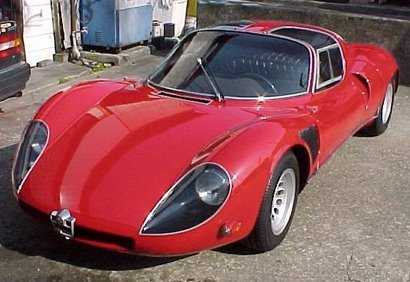
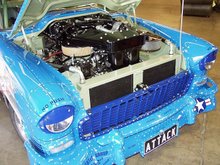
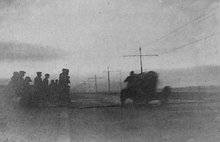



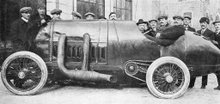


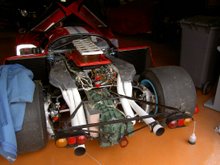

5 comments:
probably my earlier responce got lost. My question was regarding the angle of the cilinders. To keep the cilinderheadplane the same the angle for boring must be less for bigger bores. This is proven by the technical data for the 1100/1300 and 1600 engines. If you want to make yourself a 1401 engine with 80mm bores it seems to me that the remaining thickness of the cilinderwalls is the most critical bit. Proven by 'your' blown 1500. So the cilinder angle should be kept as close to the original 1300 as possible right?
Thanks William.
My friend in england, Doug Ellis has a car with 80mm bore. He, after a lot of thought, opted for 12.00 degrees.
With 80mm there should be no problem; as I wrote, my friend, Justin, was pushing the envelope at 82.4mm!
I hope that the drawing I published helps.
I think that the reason for the difference in angles is only governed by the bore and the fact that cilinderheads are interchangeable. The engineshops I know capable of balancing Fulvia engines have only one calculated method for all types. In Lancia manuals I have never seen a table with balancing data. What is the problem if the overlap in the bottom of the cilinders is larger than original?
The problem, is that the if the bottom piston ring passes the overlap, it will no longer be there when the piston ascends!
I think i've got some spare 82.4 pistons lying around somewhere....
Post a Comment